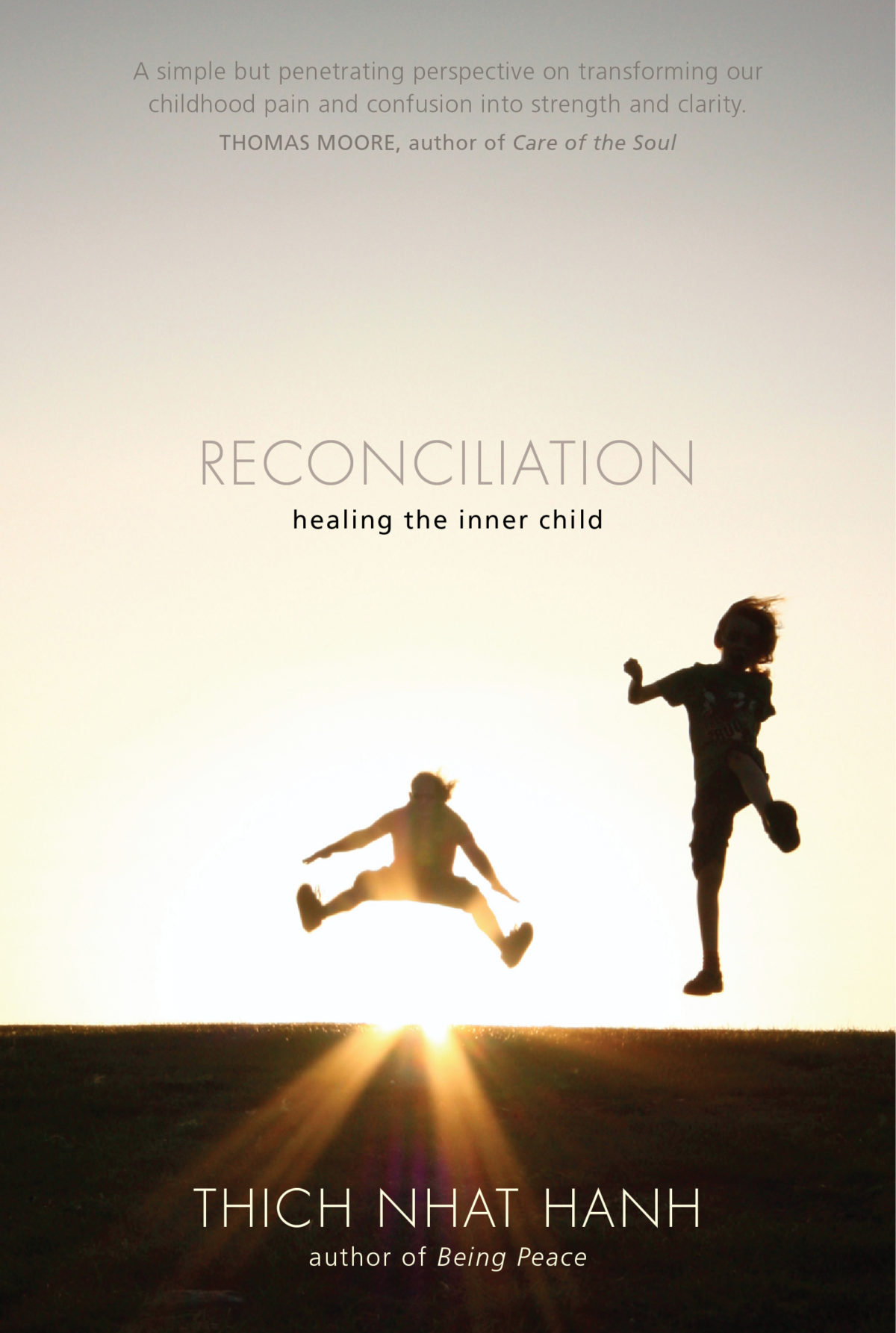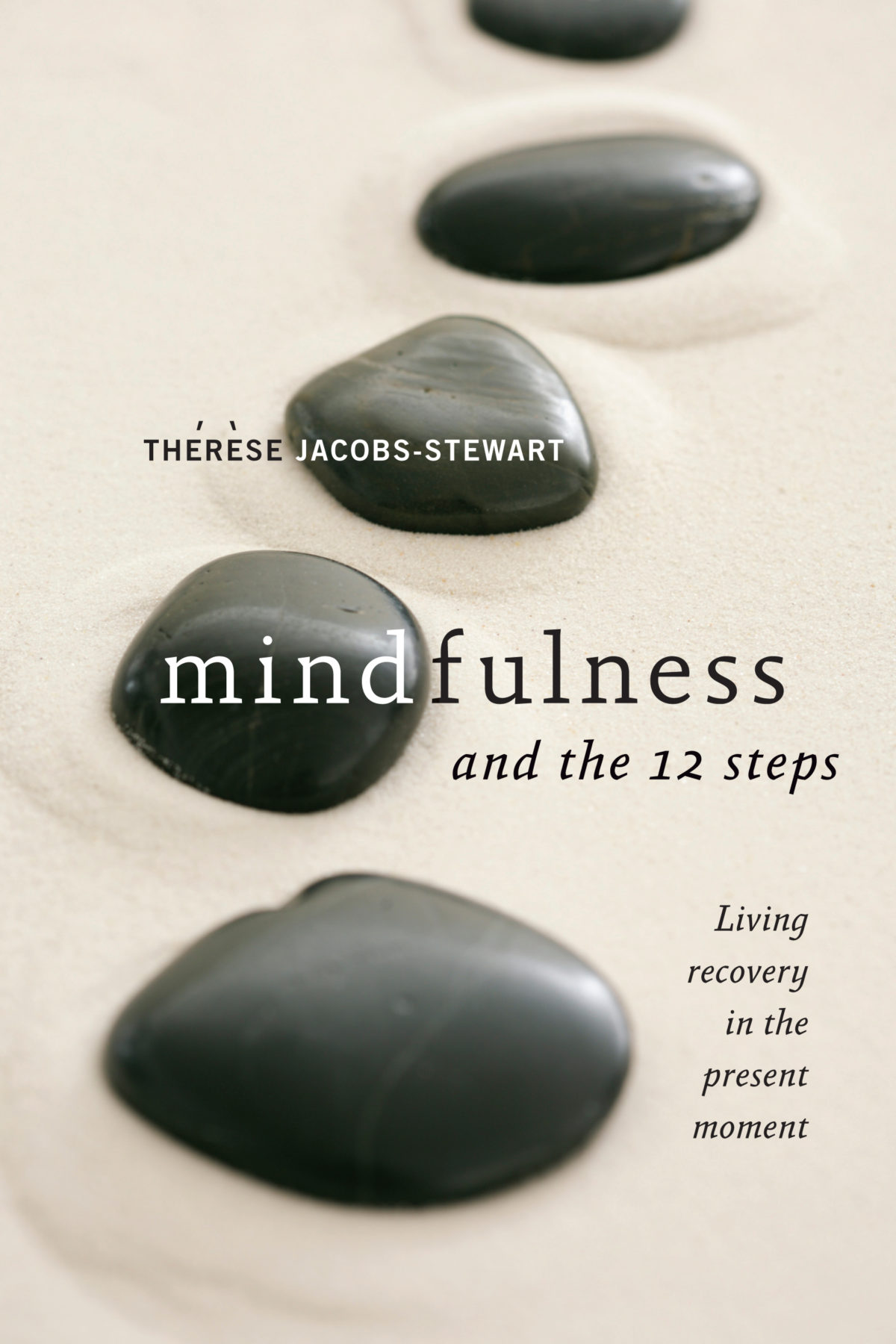
Reconciliation
Healing the Inner Child
By Thich Nhat Hanh
Parallax Press, 2010
174 pages
Reviewed by Zachiah Murray and Natascha Bruckner
If the Buddha arrived at full enlightenment it’s because he suffered a lot.
– Thich Nhat Hanh
In this simple, clear,

Reconciliation
Healing the Inner Child
By Thich Nhat Hanh
Parallax Press, 2010
174 pages
Reviewed by Zachiah Murray and Natascha Bruckner
If the Buddha arrived at full enlightenment it’s because he suffered a lot.
– Thich Nhat Hanh
In this simple, clear, and practical book, Thich Nhat Hanh teaches us to use mindfulness to overcome the mind and its suffering. He describes the Asian bitter melon, a vegetable with medicinal qualities, and explains, “Chinese medicine believes that bitterness is good for your health.” Likewise, our suffering is good for us; when we embrace it, we cultivate compassion.
Thay suggests that we turn toward our inner child to embrace our own suffering and become fully present. He offers four practices we can do with our inner child: talk, walk, write, and invite. First, we talk with our inner child—even out loud. Second, we practice walking meditation with the child within. Third, we listen to what our inner child has to say, and write it down. We might also write a letter to our inner five-year-old. Last, we invite our inner child into the present moment, to experience the wonders of life here and now.
Thay defines reconciliation as “leaving behind our dualistic view and our tendency to punish. It opposes all forms of ambition but doesn’t take sides.” Once we’ve reached reconciliation within ourselves, we’re able to reconcile with others. With the insight of interbeing, we know that just as a kernel of corn is in a corn stalk, our mother is alive in us. Therefore, when we reconcile with our own inner child, we also make peace with our ancestors.
In Part Two, four Sangha sisters and brothers—Lillian Alnev, Joanne Friday, Glen Schneider, and Elmar Vogt—share deeply personal stories about turning toward the inner child. These beautiful stories are real-life applications of the practice of embracing suffering; they show us that the inner child is always there and can never be taken away. Part Three is a collection of seven lovely practices to connect with the inner child, including the Five Earth Touchings and a sample letter to one’s inner child. “Without suffering, without understanding our suffering, true happiness is not possible,” Thay explains. This book is a wonderful guide to embracing our suffering, our inner child, and our world.

Mindfulness and the 12 Steps
Living Recovery in the Present Moment
By Therese Jacobs- Stewart
Hazelden, 2010
Paperback, 181 pages
Reviewed by Peter Kuhn
The Twelve Step model of Alcoholics Anonymous has helped millions of people find freedom from a wide range of afflictions. The principles of the Twelve Steps are spiritual, rather than religious, in nature, and present a simple course of action for complicated people. The “program,” as it is commonly known, has been embraced globally and practiced by people of all religions and social classes.
In Mindfulness and the 12 Steps: Living Recovery in the Present Moment, Therese Jacobs-Stewart shines the light of mindfulness on the Twelve Steps and eloquently presents a view of them from a Buddhist perspective. With a mix of personal history, stories from Buddhist teachers, and refections from her regular Twelve Step Mindfulness Group meetings, she beautifully shows how the Dharma and the Steps inter-are. She writes, “The traditions of mindfulness and Alcoholics Anonymous have a similar view as to the source of our suffering: Bill W. called it ‘self-will run riot,’ while the Buddha described it as a delusion of separateness from others. Both agree that our suffering contains the seeds of our liberation. And, we can learn to live with serenity in any set of circumstances.”
Writing from direct experience in a clear, personal voice, Jacobs-Stewart infuses her book with the lightness and healing energy that characterize mindfulness practice. She looks deeply at each of the Twelve Steps, offering insight and clarity from her study of the Dharma, and guidance toward the practical application of the Steps in daily life. Mindfulness exercises are presented at the conclusion of each chapter. The Twelfth Step states: “Having had a spiritual awakening as the result of these steps, we tried to carry this message to alcoholics and practice these principles in all our affairs.” This is a powerful bodhisattva vow, and in this book Therese Jacobs-Stewart honors it with understanding and love.


